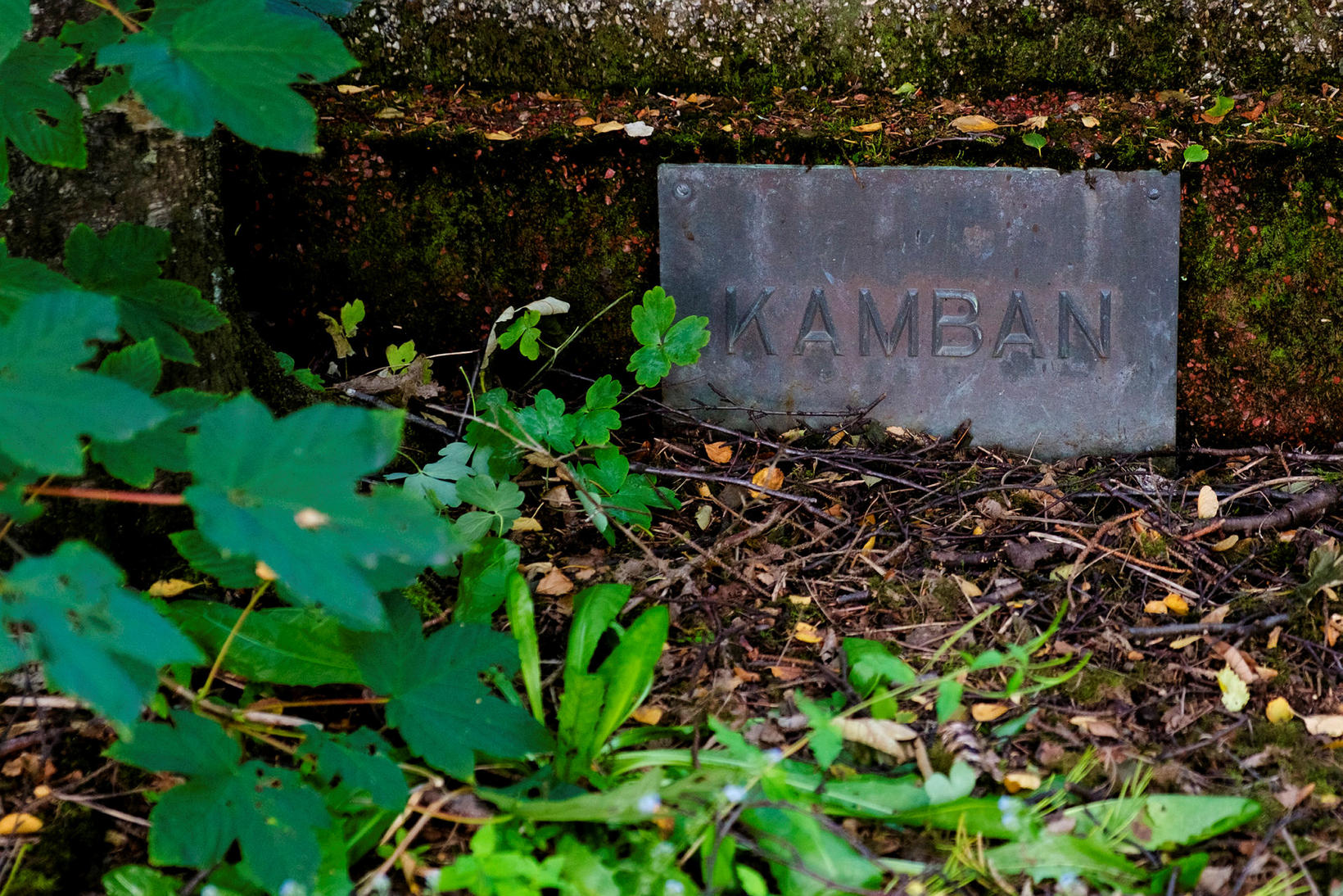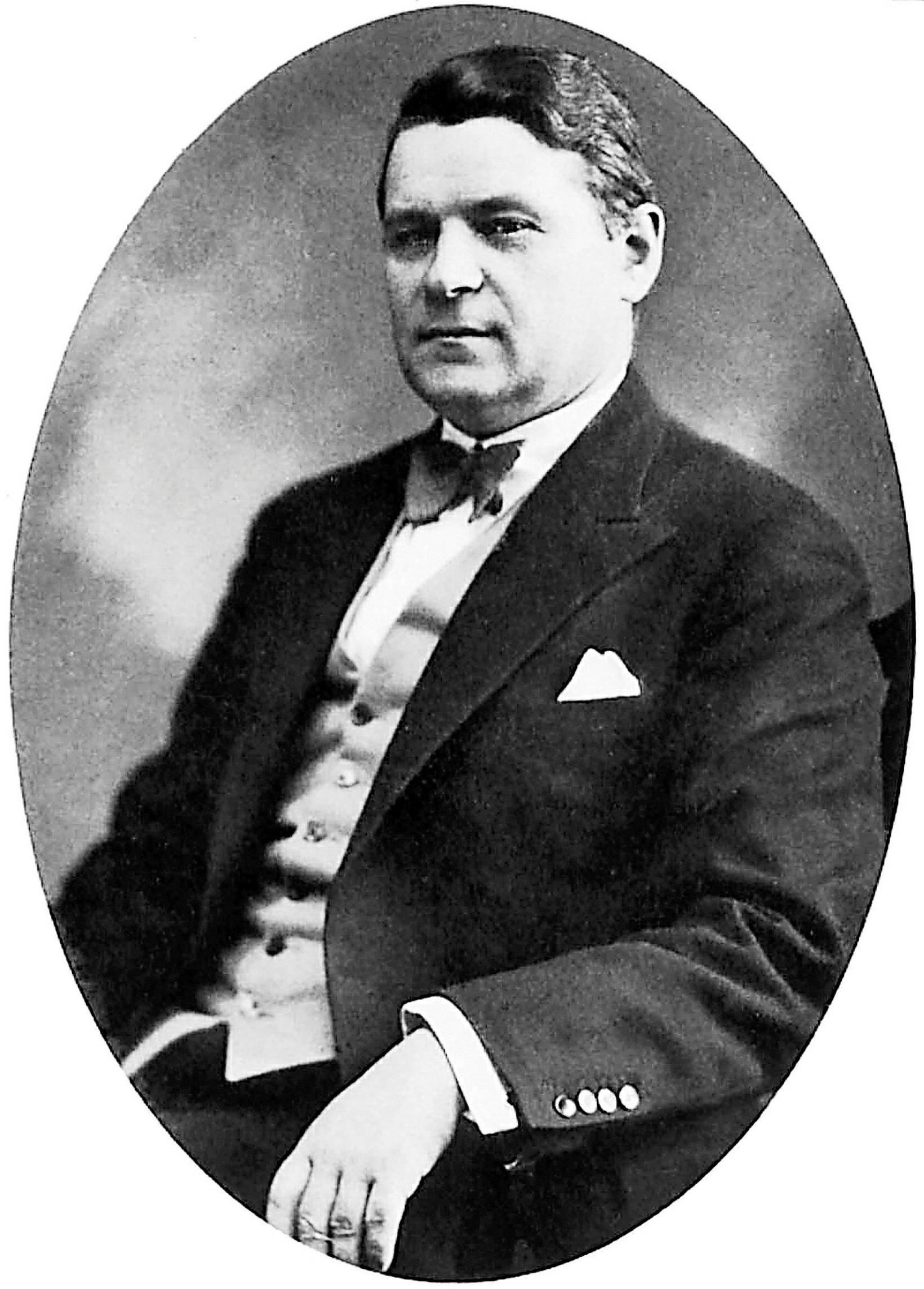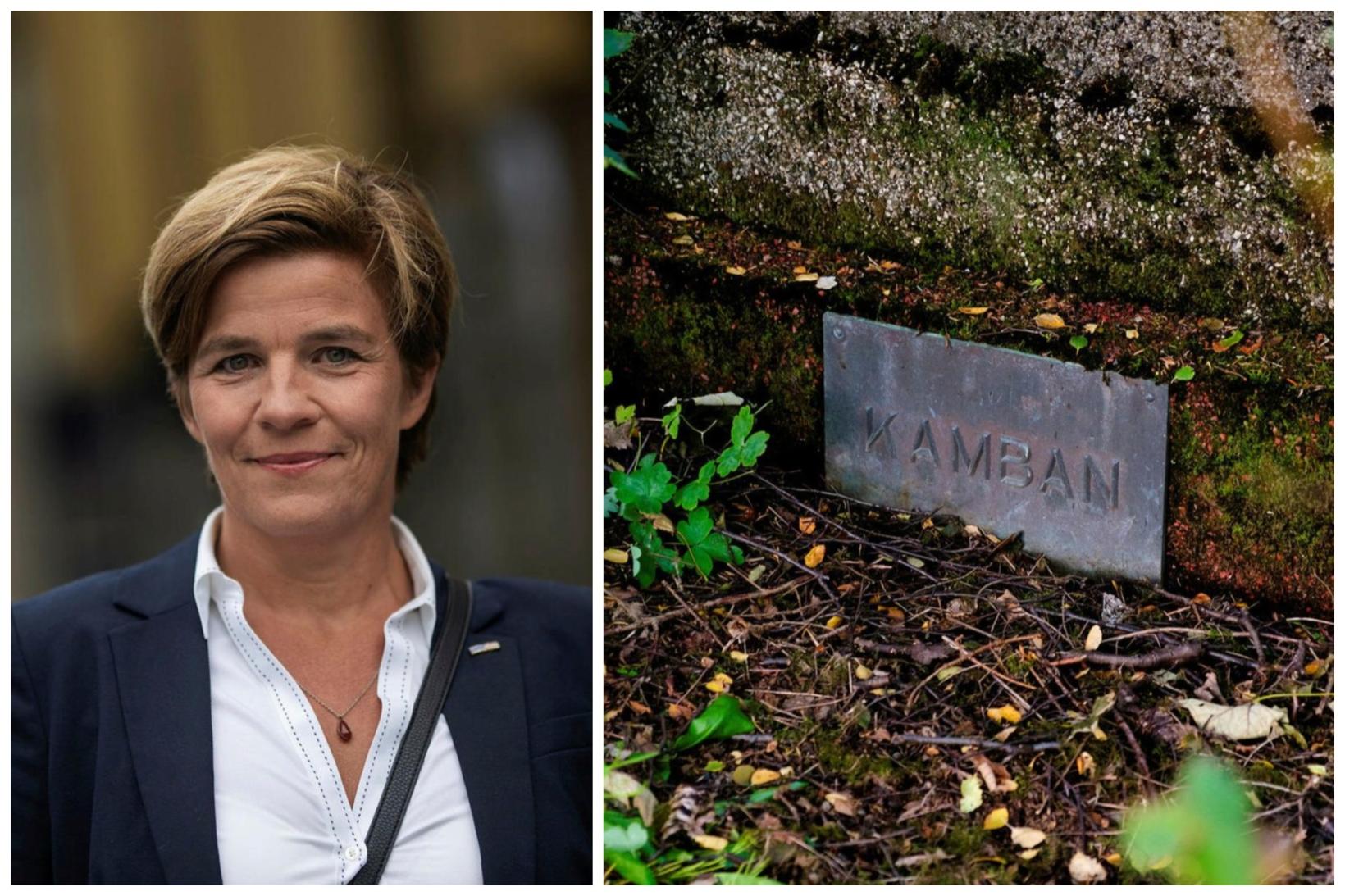The name of Kamban's killer finally publicly revealed
On the day the Danes celebrated the end of the German occupation on 5 May 1945, several people were executed, without a judicial order, by members of the Danish Resistance. Among their victims was the Icelandic author Guðmundur Kamban .
The identity of the man who shot Kamban dead has never been revealed publicly before, other than that it was known to be a leader of the Danish Resistance.
In an article in Morgunblaðið recently, Guðmundur Magnússon, historian and former journalist at Morgunblaðið, reveals who was Kamban’s killer. His name was Egon Alfred Højland.
As the Danes took to the streets of Copenhagen on May 5, 1945, and rejoiced in the freedom from German occupation, vengeful members of the Danish Resistance took advantage of the opportunity to hunt down their fellow Germans and other men whom they believed, rightly or wrongly, to have cooperated with the Nazis.
Data not revealed for 70 years
The Copenhagen incident was reported in the 1945 book of historian Ásgeir Guðmundsson, Berlin-blues, published in 1996. In return for not identifying the killer, Guðmundsson gained access to Danish government data 30 years ago. If he had revealed the name he would have risked a six month’s jail sentence. The data were not revealed for 70 years, or until 2015.
Højland was a leader of the resistance group Ringen in Copenhagen. He was nearly thirty years old when he arrived just after noon on 5 May 1945 with two companions and a driver at the boarding house at Upsalagade for the purpose of arresting Kamban.
All the men were armed, Højland with a pistol, and his comrades with a pistol and a machine gun. They had been working all night, hunting down and arresting a number of men according to lists they had in their possession of accomplices of the German occupiers.
"Just shoot, I don’t care!"
When the group arrived at the boarding house, Guðmundur Kamban was having dinner with his daughter, while his wife was in their room. The doorman pointed to him. Someone mentioned that there was a “professor Kamban” as he was often referred to. Højland remarked upon hearing the lawyer that he had recognized the name, had heard or read in the papers of the resistance movement that Kamban was a Nazi and had contact with the Germans. He walked to the table, pointed the gun at Kamban and asked him to come with them, because he was under arrest.
Guðmundsson reports that Kamban stood up but refused to go with the resistance fighters, saying they had no right to arrest him. When Kamban repeatedly refused to yield, Højland said he would shoot him if he did not comply. According to the attendants, Kamban then said, “Just shoot, don’t care.”
While arguing for some time, Kamban was moving his hands about very agitated. Suddenly he quickly put one hand in his pocket, but it was apparently a habit of his when he was upset. Højland claimed that he was so startled at the sudden move that he fired at a distance of three metres and hit Kamban in the temple. He died instantly.
After that, the resistance fighters left and continued to arrest German sympathizers across Copenhagen.
"I don't think it would be out of line to finish the matter and talk to the Danish government about receiving a formal apology," says Helga Vala Helgadóttir. Composite image/mbl.is/Kristinn Magnússon
It is time to finish the case
“I agree with him [Guðmundur Magnússon] that I find it odd that the slayer of my grandmother’s brother never had to answer for what he did,” the lawyer Helga Vala Helgadóttir says, adding that she is not looking for any retribution.
“The fact that the Danish government paid Kamban’s widow a pension for the rest of her life is, in my opinion, confirmation that he was slain innocent in front of his daughter at breakfast. And it was, of course, that way. Then it’s odd that there were no consequences for the slain man,” Helgadóttir tells mbl.is.
Recognition of the truth matters
Helgadóttir adds that of course Højland is dead today, but that doesn’t change the fact that the admission that Kamban was slain and was innocent matters.
“The Danish government showed understanding by granting her a pension. This happens before I’m born, of course, but I heard from my mother how it affected her mother, who was the sister of Kamban. They were very close, and it was a huge burden to them all,” Helgadóttir stated, “It was just an execution. It was such an outrageous act."
She says she is grateful that the name of the killer is finally made public.
“It’s odd that the scholar, historian Ásgeir Guðmundsson, had to make a deal that he was not allowed to share the name. He was given a chance to see this data 30 years ago. Why was the slayer spared?”
Other times today
Helgadóttir says the family is reading and accepting the information. “I don’t think it would be out of line to finish the matter and talk to the Danish government about receiving a formal apology,” she says.
Do you think the Icelandic government should be pushing for it?
“We can try to take some initiative. There are good people close to him. Of course, the Icelandic government was working on it at the time. But today, there may be other times and now might be the time to bring this case to closure,” says Helgadóttir. She says the family will not act until the matter is discussed with the descendants of Guðmundur Kamban.





/frimg/1/57/56/1575636.jpg)





